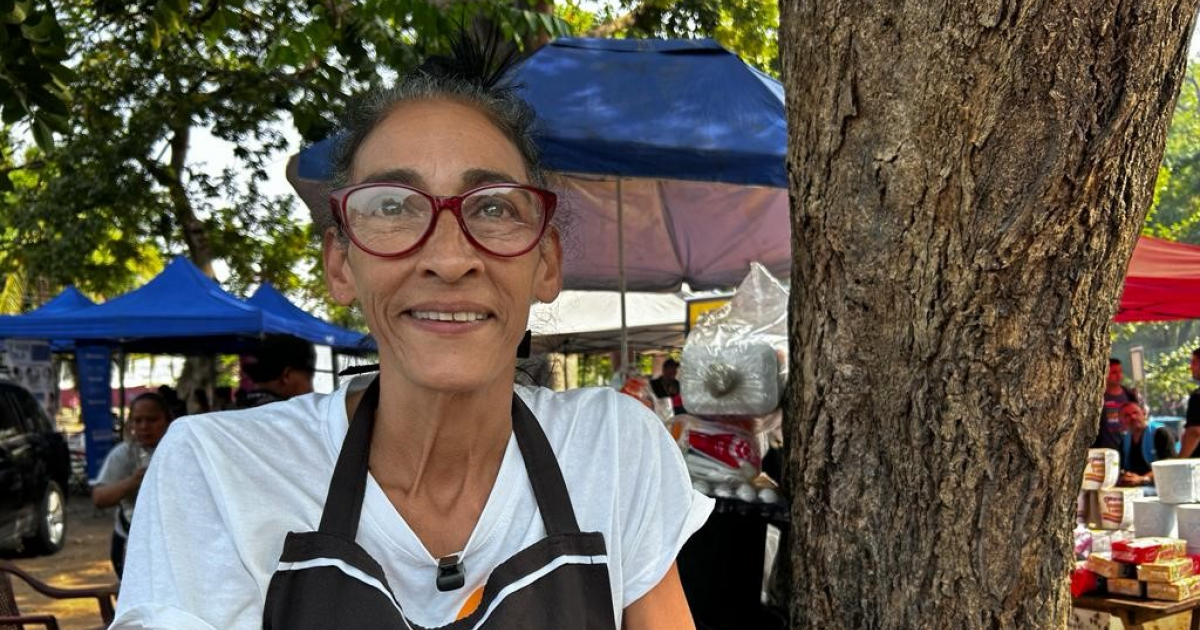
A 53-year-old Cuban who arrived in Mexico on her journey to the United States, decided to start a business in the state of Chiapas while waiting for the authorities' response to his asylum request.
The woman, called Tania Anaya, arrived four months ago in the city of Tapachula.
There he decided to resume the same business he had in Cuba and set up a food stall in front of the headquarters of the Mexican Commission for Aid to Refugees (COMAR).
"He sells bread with chicken and Cuban coffee to his compatriots who come to carry out their procedures outside the institution," he said in Facebook the portal Chiapas Comunica.
"The woman He has not sat idly by, he has taken the initiative", highlights the media, which stated that Tania is in the process of her process before COMAR to request refugee status in Mexico.
In the last two years, at least 533,000 Cubans arrived in the United States, a figure equivalent to 4.8% of the 11.1 million inhabitants of the Island. This figure does not include entries with other types of visa, for which there is no official data available.
The Customs and Border Protection Office (CBP) announced in January that in 2023 more than 153,000 Cuban citizens entered US territory irregularly.
Added to that number are another 67,000 who flew directly thanks to the humanitarian parole program, and the more than 313,000 who entered without papers in 2022.
At the beginning of the month, the journey through the Mexican territory of the "Exodus of Poverty" caravan, in which numerous Cubans go. It was organized on December 24 and had more than 7,000 people at its beginning.
According to the media The Sun of Orizaba, currently made up of 384 migrants, including 141 children, who come from Cuba, El Salvador, Honduras, Nicaragua, Venezuela, Colombia, Guatemala and Haiti.
In July 2023, Mexico was already close to setting a new record in refugee applications during the current year, by far exceeding the mark of 129,000 that they had in 2021.
Andrés Ramírez Silva, director of COMAR, stated that they expected to reach 150,000 refugee applications.
The majority came from Cubans, Haitians and Hondurans, who represented approximately 80% of the total.
What do you think?
SEE COMMENTS (1)Filed in: